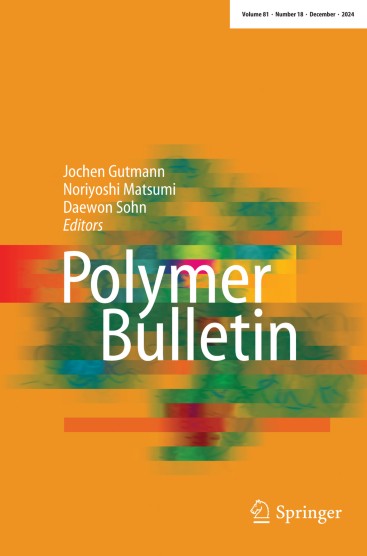Investigation on the thermal, mechanical, and antibacterial properties of polymer nanocomposites from waste polypropylene and cerium oxide nanoparticles
Abstract
This work examined the impact of cerium oxide (CeO2/ceria) nanoparticles on the thermal, mechanical, and antibacterial properties of nanocomposites made from discarded polypropylene (PP). The synthesis of polypropylene/cerium oxide nanocomposites was achieved using the solution casting process, incorporating nanoceria concentrations ranging from 0 wt.% to 3 wt.%. The morphological features and the particle size of nanoceria were examined by scanning electron microscopy and dynamic light scattering measurements. The characteristics and properties of nanoceria and PP/CeO2 nanocomposites were analysed using Fourier transform infrared (FTIR) spectroscopy and thermogravimetry (TG). The nanocomposite’s mechanical characteristics were analysed using a universal testing machine (UTM), while its antibacterial activity was investigated using the agar diffusion method. The thermogravimetric analysis revealed that the thermal stability of the nanocomposites increased by 12.63% and 13.10% when 2 and 3 wt.% of CeO2 nanoparticles were added to the PP. The mechanical property studies demonstrated that the nanocomposites containing 2 wt. % of CeO2 nanoparticles displayed a significant increase in Young’s modulus (17%) and an exceptional increase in tensile strength (30%) in comparison with PP. Furthermore, the nanocomposites exhibited excellent antibacterial efficacy against two specific strains of gram-negative bacteria, namely Escherichia coli and Klebsiella pneumoniae.

 求助内容:
求助内容: 应助结果提醒方式:
应助结果提醒方式:


